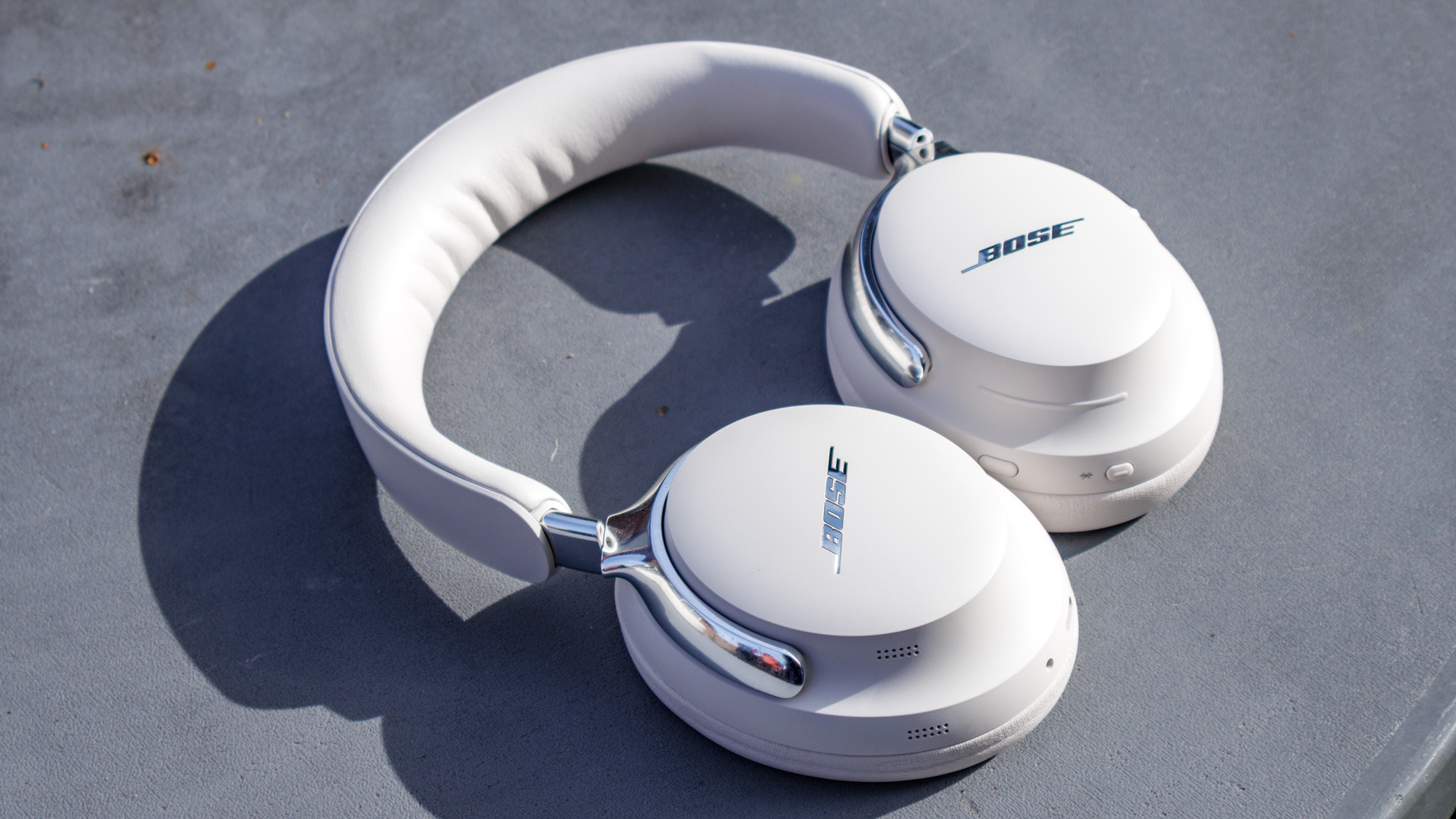Mr Big Peloton heart attack — how likely is it?
We ask a doctor to get the full lowdown on the Sex and The City Peloton fatality

I don’t know about you, but as I watched the Sex and The City writers kill off Mr Big with a heart attack after his 1000th Peloton ride in the ‘And Just Like That’ revival, I was thinking wait, what? (I was also thinking, hang on, why isn’t Carrie calling 911, but we’ll park that for now).
What happened next, was madness. Peloton’s stocks fell by 11% overnight after the episode launched and have continued to drop by 16% since the episode aired on Friday. On Saturday, Dr Suzanne Steinbaum, a cardiologist on Peloton’s health and wellness advisory council released a statement that said, “Mr. Big lived what many people would call an extravagant lifestyle — including cocktails, cigars and big steaks — and was at serious risk as he had a previous cardiac event in Season 6.”
On Sunday, the brand hit back further, releasing a parody holiday advert, produced and narrated by Ryan Reynolds, where Mr Big actor Chris Noth has run away with Peloton instructor Jess King and is very much alive.
But how likely is an exercise-induced heart attack? We asked Dr Frankie Jackson-Spence. (Plus, find out what happened when this Tom's Guide staffer who hates exercise bought a Peloton Bike+.)
And just like that...he's alive. pic.twitter.com/bVX8uWypFZDecember 12, 2021
How common are exercise-induced heart attacks?
Not very common! The scene in SATC is actually medically quite unrealistic.
Heart attacks, which medically are called a Myocardial Infarction, are where the blood flow to the heart is blocked. This is usually due to underlying cardiovascular disease, whereby the blood vessels supplying the heart are unhealthy due to things like smoking, high blood pressure, high cholesterol, and diabetes.
In a heart attack, the heart muscle itself doesn’t get enough blood flow and oxygen, and some of the heart muscle is damaged. Acute heart attacks during exercise are rare. What is much more common is exercise-induced chest pain, which is called stable angina.
Get instant access to breaking news, the hottest reviews, great deals and helpful tips.
When we exercise, our heart needs to work harder to pump blood to our muscles. Chest pain during exercise is a sign the heart muscle isn’t getting enough oxygen. This pain can come on with exercise/exertion and relieves with rest or the use of a GTN spray, which relaxes the blood vessels and improves blood flow to the heart. Angina is common in patients with heart disease and is usually managed with medications, but is different from an acute heart attack because the chest pain occurs without any actual damage to the heart.
Some people with underlying heart problems can have an exercise-induced cardiac arrest. A cardiac arrest is different from a heart attack; this is an electrical problem where the heart stops beating, and the patient will collapse and become unresponsive. This is not the same as an acute heart attack which is preceded by chest pain. (Although a heart attack can sometimes cause abnormal heart rhythms which can lead to cardiac arrests/the heart-stopping beating.)
Patients with a rare heart condition called cardiomyopathy are at risk of exercise-induced cardiac arrest. Cardiomyopathy is where the heart muscle is abnormal. This can occur in young people too, as the heart muscle is thicker it can obstruct the flow of blood out of the heart.
During exercise, the heart needs to pump faster and stronger to compensate and increase blood flow to the body. In the rare case of obstructive cardiomyopathy, the demand for blood flow can’t be met and the person can have a cardiac arrest, whereby the heart stops beating.
What are the common signs of a heart attack?
Signs of a heart attack include chest pain, which can feel like a tightness or pressure on the chest and can sometimes radiate into the left arm. The chest pain usually comes on with exertion and unlike angina chest pain, chest pain experienced during a heart attack lasts longer and doesn’t go away with rest.
Chest pain is the most well-known symptom but other symptoms include sweating/feeling clammy, nausea, feeling short of breath, light-headedness, and a feeling of anxiety or like you’re having a panic attack.
It’s important to know that not everyone will get the typical chest pain. For some people, it may feel like heartburn/acid reflux. Some people may have ‘silent heart attacks’ where they don’t get the typical chest pain but do have signs of a heart attack on ECG (electrical reading of the heart) and on blood tests. This is more common in women, older patients, and patients with diabetes.
With reference to the SATC clip — many patients with heart attacks make it to the hospital alive and have treatment. A complication of a heart attack can be something called a ‘cardiac arrest’ which is why the heart goes into an abnormal rhythm (called a ventricular arrhythmia) and can stop beating causing the person to collapse and become unresponsive. In this case, it’s important to call an ambulance and start CPR (chest compressions) immediately. If there is access to an AED (automated external defibrillator) device this should be used to restart the heart.
Do heart attack symptoms vary between men and women?
In general, the symptoms are similar, although women are more likely to have a heart attack without experiencing severe chest pain.
Peloton said that the heart attack was more likely to have been caused by Mr. Big's 'extravagant lifestyle' — is there research to suggest what is the most common cause of heart attacks?
Heart attacks occur in people with underlying heart disease. The most common risk factors include smoking, high blood pressure, high cholesterol, diabetes, and obesity, stress, and physical inactivity. Lifestyle has a big part to play in developing heart disease, but there can also be familial risk factors. Over time these can cause damage to blood vessels, compromising the blood supply to the heart, and also causing extra strain on the heart, which increases the risk of heart attacks.
In Big’s case, previous episodes have told us that he has underlying heart disease as he previously goes to the hospital for this, likely caused by lifestyle factors such as stress, high blood pressure, cholesterol, and his smoking of cigars. The exercise he’s been doing will actually have been reducing his risk of developing a heart attack.
Does cycling, and cardiovascular exercise, strengthen your heart?
Yes, regular exercise is one of the best things you can do to reduce your risk of cardiovascular disease, including heart attacks and stroke. You are much more likely to suffer a heart attack if you don’t exercise.
Exercise reduces the risk of heart attacks in several ways: strengthens the heart muscle itself, improves circulation, reduces blood pressure, reduces levels of cholesterol, helps sugar level regulation and reduces the risk of type 2 diabetes (or improves control of existing diabetes), reduces stress and helps weight management, preventing the risk of being overweight or obese which puts extra strain on the heart.
If you are new to exercise it’s important to gradually build up your fitness levels and if you do have underlying heart disease, consult your own doctor when you embark on a new exercise program.
Looking to boost your exercise routine? Here are the best exercise bikes for upping your cardio at home. We've also hand-picked the best adjustable dumbbells for a killer weights workout, the best running shoes for hitting the sidewalk, and the best exercises to work into your routine if you sit down all day.

Jane McGuire is Tom's Guide's Fitness editor, which means she looks after everything fitness related - from running gear to yoga mats. An avid runner, Jane has tested and reviewed fitness products for the past five years, so knows what to look for when finding a good running watch or a pair of shorts with pockets big enough for your smartphone. When she's not pounding the pavements, you'll find Jane striding round the Surrey Hills, taking far too many photos of her puppy.
